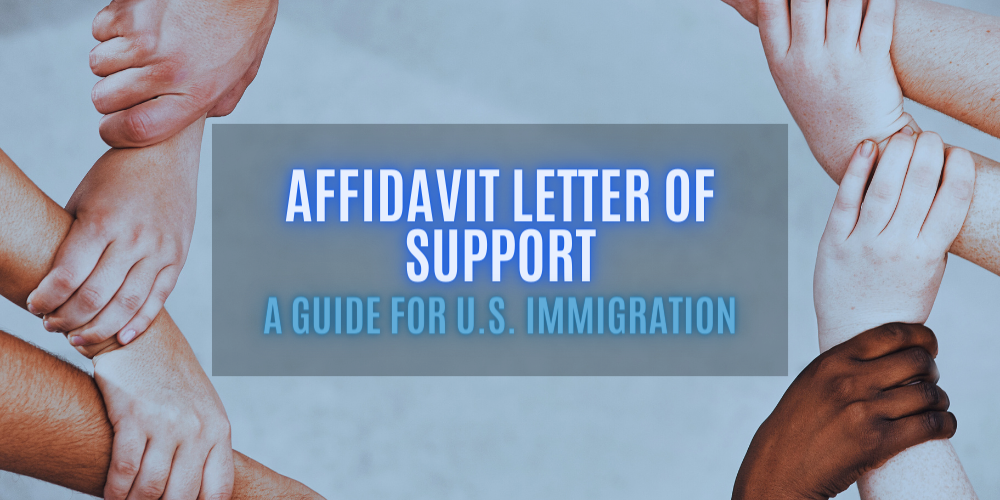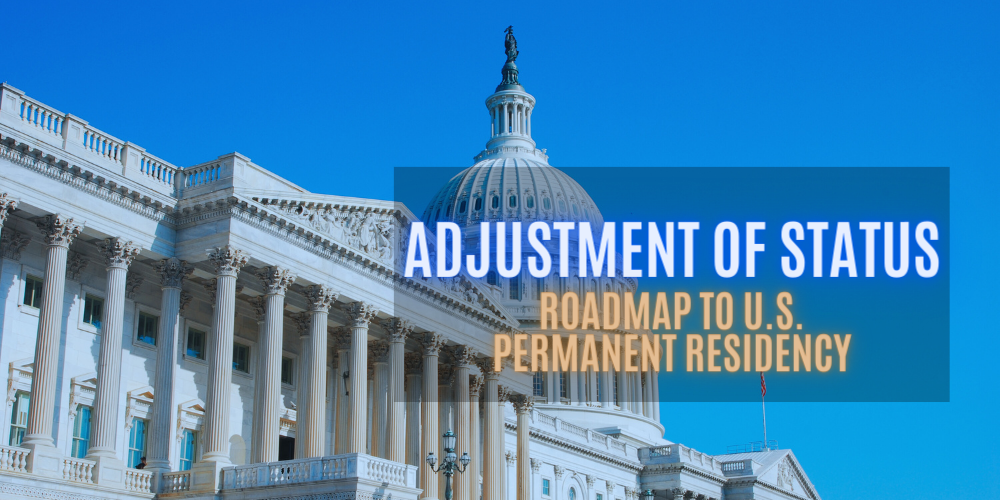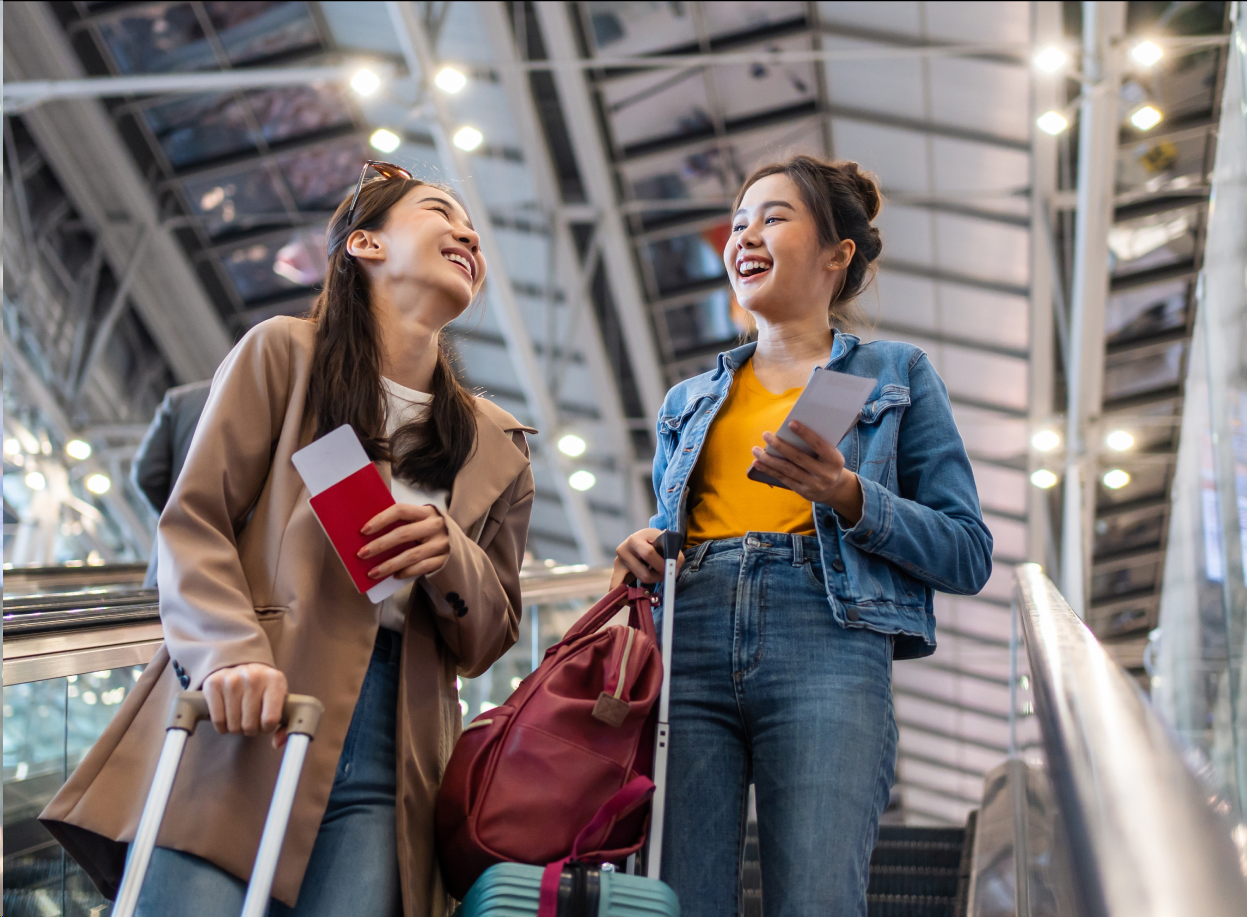--------- Student Visas Explained: Your Pathway to Studying in the U.S.
Jan 24, 2024
James Dablo
Super Admin

The United States remains a top destination for students worldwide seeking quality education and diverse cultural experiences. To embark on this exciting journey, one needs to navigate the process of obtaining a U.S. student visa. This guide delves into the key aspects of student visas, offering insights and tips to help you successfully apply for and maintain your status.
Overview of U.S. Student Visas
U.S. student visas are categorized mainly into three types: the F-1 visa for academic studies, the J-1 visa for exchange programs, and the M-1 visa for vocational studies.
Understanding the Different Types
- F-1 Visa: Designed for students enrolling in academic programs at U.S. colleges or universities. It covers high school, university, college, and language training programs.
- J-1 Visa: Aimed at students participating in exchange programs. This includes cultural exchange and academic programs sponsored by universities or organizations.
- M-1 Visa: Suitable for students pursuing vocational or non-academic training in the U.S.
Eligibility Criteria
- Discuss the basic eligibility criteria for each visa type, like acceptance into a U.S. educational institution, financial stability, and proof of returning to the home country.
The Application Process for Student Visas
After securing admission to a U.S. educational institution, the next step is to obtain Form I-20 (for F-1 and M-1 visas) or Form DS-2019 (for J-1 visas). These forms are issued by the educational institution and are essential for the visa application process. Applicants must then complete the Online Nonimmigrant Visa Application, Form DS-160, and pay the SEVIS fee. The SEVIS fee is currently $350 for F-1 and M-1 visas and $220 for J-1 visas, as of the latest update. After paying the fee, applicants can schedule their visa interview at the nearest U.S. embassy or consulate.
Step-by-Step Guide
- Acceptance by a U.S. Institution: Outline the importance of being accepted by a SEVP-certified institution.
- Obtaining the I-20 or DS-2019 Form: Explain the process of obtaining these critical documents, which confirm enrollment in a U.S. institution.
- Completing the DS-160 Form: Detail how to fill out the Online Nonimmigrant Visa Application.
- Paying the SEVIS Fee: Mention the process and importance of paying the SEVIS fee before scheduling the interview.
Scheduling and Preparing for the Interview
- Guidance on how to schedule a visa interview.
- Tips on preparing for the interview, including gathering necessary documents like passport, application confirmation, receipts, and photos.
Tips for a Successful Student Visa Interview
The student visa interview is a crucial step where consular officers assess applicants' intentions and their ties to their home country. Applicants should be prepared to answer questions about their study plans, university choice, academic capability, financial status, and post-graduation plans. It's essential to demonstrate strong ties to your home country and a clear intention to return after your studies. Being concise, honest, and confident during the interview goes a long way in securing the visa.
Preparing for Common Questions
- Offer insights into common questions asked during the interview and how to answer them effectively.
- Emphasize the importance of demonstrating ties to the home country and intent to return after studies.
Presentation and Documents
- Tips on presenting oneself during the interview (dress code, body language).
- Checklist of documents to bring, including financial evidence, academic records, and any other supporting documents.
After Visa Approval – What’s Next?
Once your student visa is approved, prepare for your travel to the U.S. Note that you can only enter the U.S. up to 30 days before the start date on your I-20 or DS-2019 form. Upon arrival, you will go through customs where you must present your passport, student visa, and Form I-20 or DS-2019. It’s important to keep these documents safe as they are required throughout your stay in the U.S.
Arrival in the U.S.
- Explain the process upon arrival in the U.S., including customs and immigration procedures.
- Discuss the timeline for entering the U.S. (not earlier than 30 days before the program starts).
Understanding Visa Conditions and Restrictions
- Detail the rules and regulations that come with each visa type, including work limitations, academic requirements, and travel restrictions.
Transitioning to Life in the U.S.
- Tips for adjusting to life in the U.S., including cultural adaptation, healthcare, and opening a bank account.
- Emphasize the importance of maintaining legal status by following visa guidelines.
Each of these sections should provide comprehensive and detailed information, guiding prospective international students through the complex process of obtaining a U.S. student visa and transitioning to life in the United States.
Maintaining Your Student Visa Status
Maintaining your student visa status involves adhering to several regulations. For F-1 and M-1 visa holders, this includes maintaining full-time student status and making satisfactory academic progress. Working illegally or failing to maintain status can result in deportation. F-1 students may engage in limited on-campus employment and, after their first academic year, apply for Optional Practical Training (OPT) or Curricular Practical Training (CPT) to gain work experience in their field of study.
Key Requirements and Compliance
- Full-Time Enrollment: Emphasize the importance of maintaining full-time student status as required by your visa.
- Academic Performance: Discuss the need to maintain satisfactory academic progress and the consequences of failing to do so.
Employment Regulations
- On-Campus Employment: Explain the rules surrounding on-campus work for students, including hours and types of permissible work.
- Off-Campus Employment: Detail the restrictions and conditions for off-campus employment, including Optional Practical Training (OPT) and Curricular Practical Training (CPT) for F-1 visa holders.
Travel and Re-Entry
- Offer guidance on traveling outside the U.S. and re-entering on a student visa. Discuss the necessary documentation and potential risks.
Extending Your Stay or Changing Your Status
Students wishing to extend their stay must apply before their current visa expires. The process involves your school's international student office and filing for an extension with U.S. Citizenship and Immigration Services (USCIS). Additionally, some students may be eligible to change their visa status, for example, from F-1 to H-1B (work visa), by finding an employer willing to sponsor them and filing the appropriate paperwork with USCIS.
Procedures for Visa Extension
- Application Process: Outline the process for applying for a visa extension, including timing and necessary documentation.
- SEVIS and I-20 Updates: Explain the need for updated SEVIS records and a new I-20 form from the educational institution.
Changing to a Different Visa Status
- Eligibility and Options: Discuss the circumstances under which a student might change their visa status, for example, from F-1 to H-1B.
- Application Process: Detail the steps involved in changing visa status, including finding a sponsor and filing the necessary paperwork with USCIS.
Conclusion and Additional Resources
Successfully navigating the student visa process is the first step toward an enriching educational experience in the U.S. Always stay updated with the latest information and consult with your educational institution's international student office for personalized guidance. Reliable resources include the U.S. Department of State and U.S. Citizenship and Immigration Services websites.
Embarking on your academic journey in the United States with a clear understanding of student visas will set the foundation for a rewarding experience. With the right preparation and adherence to visa regulations, your time in the U.S. will be both educational and culturally enriching.
Recent Articles

Mastering the Affidavit Letter of Support: A Guide for U.S. Immigration
Are you or someone close to you currently navigating the U.S. immigration system? An affidavit lette
James Dablo
Super Admin

Embassies vs. Consulates: Navigating Your Go-To for Travel Support and Services Abroad
Ever found yourself needing governmental assistance while traveling abroad and not knowing whether t
James Dablo
Super Admin

Securing Green Card and Citizenship Paths as a Widow or Widower of a U.S. Citizen
Have you ever faced the daunting challenge of navigating U.S. immigration laws after the loss of an
James Dablo
Super Admin

How to Check Your USCIS Case Status
Are you navigating the U.S. immigration system, perhaps after traveling to the U.S. or while plannin
James Dablo
Super Admin

Employment Authorization Document: Get It Right
Are you a traveler enchanted by the U.S. and thinking about extending your visit to seek employment?
James Dablo
Super Admin

Simplifying Adjustment of Status: Your Roadmap to U.S. Permanent Residency
Are you currently in the U.S. on a temporary visa and considering making it your permanent home? The
James Dablo
Super Admin
Read More

Mastering the Affidavit Letter of Support: A Guide for U.S. Immigration

Embassies vs. Consulates: Navigating Your Go-To for Travel Support and Services Abroad

Securing Green Card and Citizenship Paths as a Widow or Widower of a U.S. Citizen

How to Check Your USCIS Case Status

Employment Authorization Document: Get It Right

Simplifying Adjustment of Status: Your Roadmap to U.S. Permanent Residency

Welcome to the GovAssist blog. We know that navigating the maze of visa applications and online forms can be as tricky as choosing the perfect travel playlist (which is all we want you worrying about anyway).
Throughout our years of experience, though, we’ve uncovered a mountain of knowledge which, via this blog, we’re sharing with you! Whether you're diving into the world of travel visas, wondering about the ESTA online hustle, or just trying to figure out the DS160 form, think of us as your online concierge, here to make the process easy and most of all, clear.
At this point in our global context, who has time for endless paperwork and confusing legal jargon? No one. That's why we're all about spilling the tea on online visa hacks, easier-to-work-with DS160 forms, and giving you tips on everything from tourist visas to immigration, to that last-minute ESTA online adventure.
So, just plug in a word you’re curious about on the search bar, and boom. We've got the tips, tricks, and insider info to help you (and anyone else you may be traveling with) get to your travel destination with the confidence of a seasoned traveler.
Now go explore!